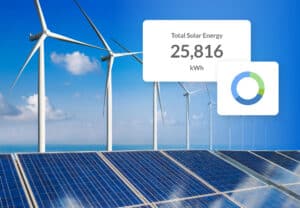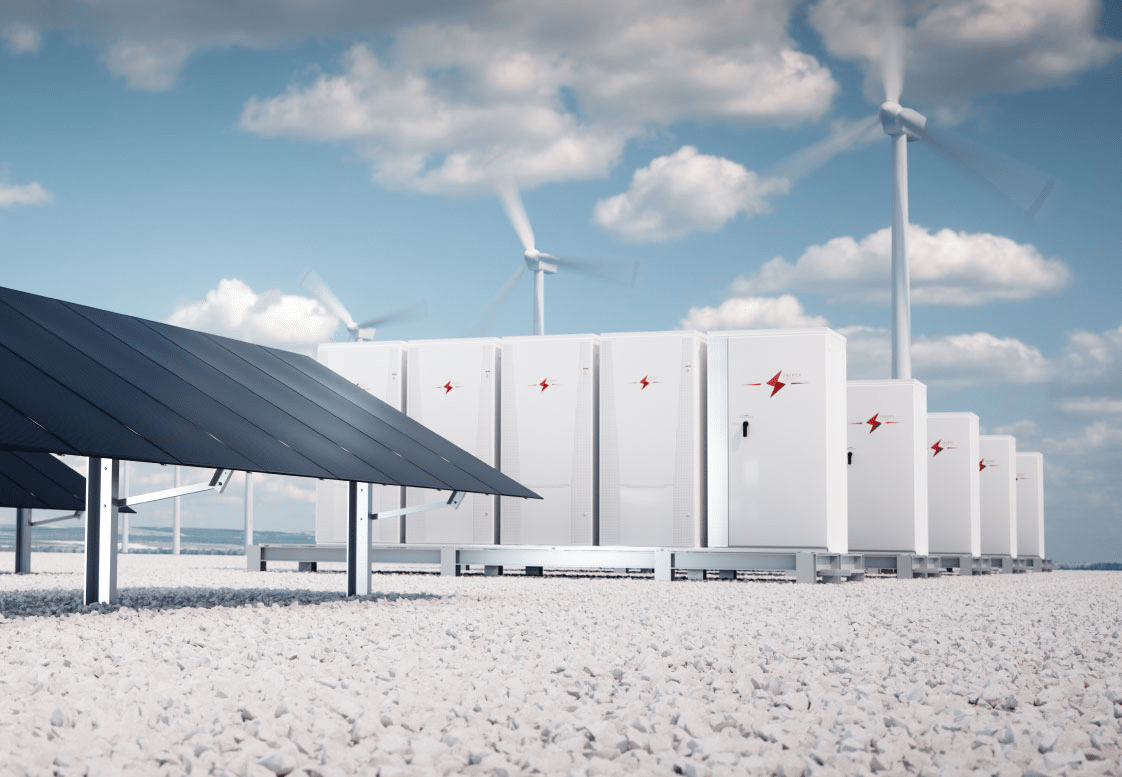
Energy storage is the process of accumulating energy in particular equipment or systems so that it can be used at a later time as needed. This helps companies and sectors save energy and use it when the demand increases or grid outages occur. Thus energy storage maintains the supply-demand balance for consumers at all times and prevents challenges such as inconsistent power and sudden price surges.
However, managing energy storage is becoming increasingly important to accomplish sustainable operations, particularly in the information and communication technology sectors. This is because energy storage helps companies store solar, wind, and other such renewable forms of energy.
The process of energy storage involves the conversion of different forms of energy since certain forms are more convenient to store than others. There are also several mechanisms by which these operations take place. So let’s dive into some of the most important types of energy storage processes and see how they work.
What are the Different Types of Energy Storage?
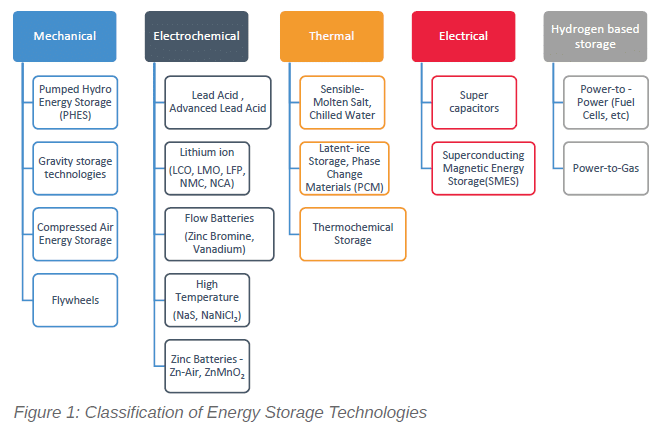
There are different types of energy storage, and before opting for any one of these, one must understand the requirements of the organization. Based on this, you can assess scalability, the duration of the charging and discharging cycle, storage cost, how environmentally-friendly the system is, and more. Some of the prominent types of energy storage are as follows:
Mechanical Storage
This involves the usage of entities such as heat, wind, water, and other renewable sources, along with equipment such as turbines and compressors, to convert energy sources into electricity and vice versa. Some of these mechanical systems are:
Pumped Hydro Storage
Pumped hydro storage is the highest capacity energy storage method worldwide. In this method, surplus electricity is used to pump water from a reservoir in a lower area to a reservoir in a higher area. This way, the electricity is converted into potential energy. Whenever there is a need for electricity, the water moves from the higher reservoir to a lower reservoir, and the potential energy is converted into electricity.
Flywheel Energy Storage
Flywheel is stored for quick backup power in case of an outage. Here, the setup involves a rotor in a vacuum enclosure. When energy needs to be stored, the flywheel is accelerated to high speeds using surplus electricity, and the energy is stored as kinetic energy. This rotor is connected to a motor/generator type of setup. When electricity is required, the rotor loses speed and discharges with the help of a generator that provides electricity.
Compressed Air Energy Storage
When there is an overproduction of energy, power plants sometimes use compressed air energy storage methods to convert this surplus energy into the air stored in an underground chamber. Then, when electricity is required, this air is heated, and the hot air passes through turbines which rotate and convert this heat into electricity.
Electrochemical Storage
Electrochemical storage involves various kinds of battery energy storage systems. These batteries convert chemical energy into electricity and vice versa, and their power ranges from a few watts to hundreds of kiloWatts based on your requirement. While there are multiple types of batteries, two of the most common ones are:
Rechargeable Battery
A rechargeable battery is also known as a secondary battery. It stores energy and is connected to a load which refers to any system that requires electricity. Whenever the load requires electricity, the battery is discharged with the help of a chemical reaction. This reaction can be reversed to charge the battery again.
In essence, these batteries can be used multiple times, thus making them one of the most cost-effective ways of storage. A few examples of rechargeable batteries areLead-acid, Lithium-ion, Nickel-cadmium, and Nickel-metal hydride.
Rechargeable batteries like Lead-acid and Lithium-ion are used in data centers, telecom sites, and other industrial facilities for their UPS which acts as a backup power source in case of a power interruption.
Flow Battery
A flow battery is a variation of the rechargeable battery but is more scalable. Furthermore, unlike the latter, flow batteries have a very low self-discharge quotient, which means more energy is saved.
Electric vehicles mainly use these batteries because they charge and discharge quickly and require a lot of energy. Besides this, they are also used in Original Equipment Manufacturers (OEMs) and grid energy storage, where the energy capacity required is high. As a result, there needs to be a stable, uninterrupted power supply.
These types of energy storage work efficiently independently, but emerging next-generation companies are moving towards integrated systems with battery storage and monitoring technology.
Battery Monitoring System
The battery monitoring technology works with storage systems by enhancing their capabilities. These capabilities include remotely monitoring the battery performance and optimizing it with the help of analytics and intelligence systems.
These can proactively help companies predict disasters and threats beforehand, change the supply and demand on the go based on live data and provide more insights into the complete system.
Electrochemical Storage
Electromagnetic storage involves the usage of electric and magnetic properties of equipment such as capacitors, supercapacitors, and superconducting magnets to store energy.
Capacitor
A capacitor is comprised of two plates and an insulator in the middle. This stores energy in the form of electrostatic charges. Usually, these are connected to a charging circuit. When it is disconnected, it stores the energy and can be used when there is a change of batteries. Thus, it helps provide electricity to maintain the power supply during the battery change.
Supercapacitor
A supercapacitor bridges the gap between capacitors and rechargeable batteries. It has a higher energy density than capacitors and has a lower time period for charging and discharging cycles.
While these are a few significant types of storage, there are others, such as fossil fuel storage, thermal, biological, and chemical storage. These have varied importance across different sectors. So let’s have a look at how they are important and their benefits.
Why is Energy Storage so Important?
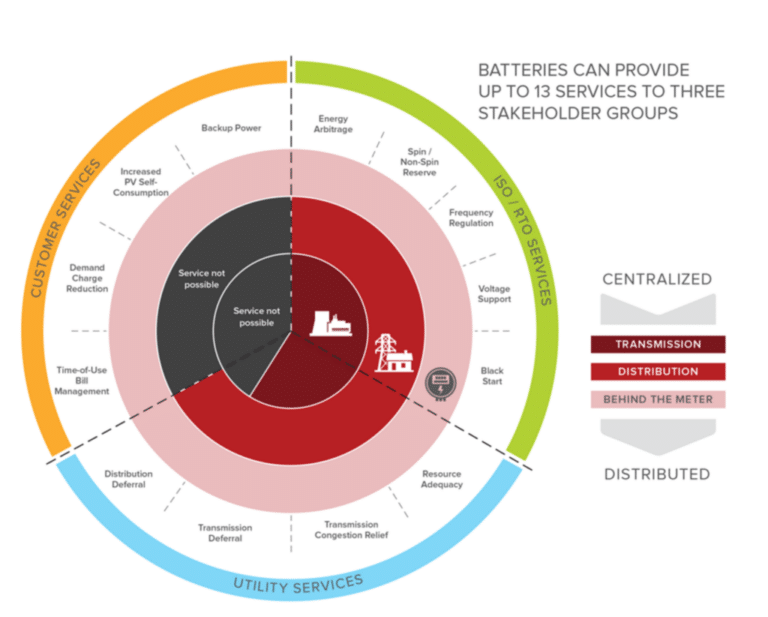
Energy storage has various benefits across different sectors and helps them move towards a more sustainable life cycle in their operations. A few key factors that can help companies accomplish this level of sustainability are:
Long-term Reliability
Sectors such as manufacturing and telecommunications need a consistent source of power. Any failure or power outages can create downtime that companies and their customers can’t afford. Energy storage systems can offer ready backup power to prevent these issues while also keeping the systems reliable by continuously monitoring their performance.
Cost Optimization
The cost of energy and power is enormous. In different weather conditions, the systems function differently, resulting in these costs fluctuating greatly. Energy storage systems can also be optimized to be the main backup power source, with generators used only to charge them. This reduces reliance on fuel, on generators, reduces carbon emissions, and extends the lifetime of the generator through minimized reliance.
Flexibility
Energy storage systems can help companies become more flexible regarding energy supply and demand. For instance, if the demand for electricity suddenly increases or there are opportunities to store excess energy through the wind or the sun, energy storage systems can enable this.
Besides these, energy storage also helps save energy to a great extent, which helps reduce the environmental impact of the companies. Furthermore, it makes the usage of renewable energy far more efficient and cost-effective, storing excess energy collected for later use.
What Are Some Use Cases of Energy Storage in 2022?
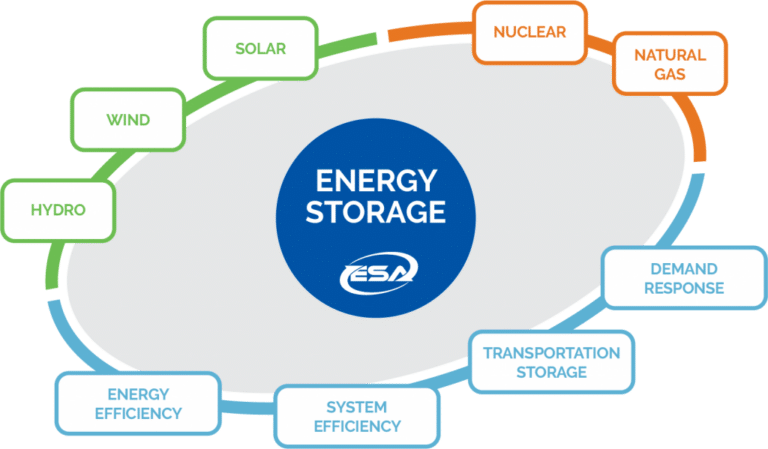
Energy storage can find its use cases in numerous sectors, right from small sectors such as domestic or commercial to large scale industries such as the following:
- Electric vehicles
- Industrial IoT or Industry 4.0 and OEMs
- Smart grids and microgrids
- Large data centers of IT companies
- Energy power plants
Galooli specializes in deploying robust solutions that provide companies across these sectors, including renewable energy storage and remote management of energy assets. We help organizations shift towards green energy and make their lifecycle operations environmentally sustainable. You can know more about those in the next section.
How Galooli Provides a Solution for Energy Storage
Galooli provides a comprehensive set of energy storage and battery monitoring solutions. These include energy storage monitoring and optimization towards minimizing fuel cost and maximizing energy efficiency. Galooli has worked in numerous sectors and companies worldwide and, with the experience and expertise, can develop tailor-made strategies based on your requirements.
Galooli’s remote monitoring management can be integrated with energy storage solutions to ensure higher energy efficiency at reduced operational costs. One such solution was for a telecom giant in Africa that provided its services to the Sub-Saharan region.


























